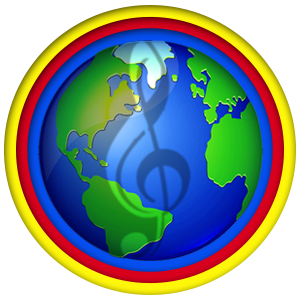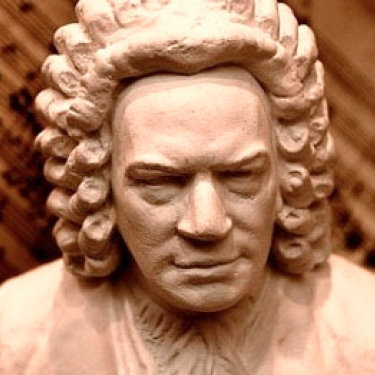Primary Resources
Expand or collapse the tabs on the left to get information and hear examples of each type of music. Follow along with the mind map on the right.

Slave music is marked by unison (monophonic) simple melodies in a call and response form. Many songs reflect a new monotheist (one God) Christian religion. Work songs and field songs rely greatly upon improvisations and embellishments. Listen for all of these characteristics in the song 'Lonesome Valley.'

Spirituals are a sacred form of music originally written for use in Protestant churches and sung as hymns. Upon conversion to Christianity, slaves adopted these melodies and started singing them in an ‘ Africanized ’ way during Baptist church services. The following recording was done on a wax cylinder which was one of the first methods for recording sound. The song is ‘Swing Low Sweet Chariot.’

Gospel is a sacred form of music developed in the Baptist church for African Americans and by African Americans. It is an enthusiastic style filled with embellishments, slides, shouts, call and answer, chants, and other characteristics of Africanized music. Listen for these stylistic features in the song ‘Use me Lord.’

Boogie Woogie literally means Spirit of the Rails. This style of music is defined by syncopated rhythms and a backbeat that is reminiscent of the sound of trains. This sound reflects the mode of transportation that many Boogie Woogie musicians used to get from place to place. These homeless musicians would sometimes be invited into a home to provide party music in exchange for food and lodging. This type of party was known as a Rent Party because the person throwing the party would raise money for their rent by charging an admission fee to the party. Click on the play button below to hear an example of Boogie Woogie music. the party. Click on the play button below to hear an example of Boogie Woogie music.
Vaudeville was a style of theater entertainment popular in the United States from the Civil War until the movies. Vaudeville provided America with part of its national identity through traveling vaudeville groups that would tell the same jokes, sing the same songs, and perform the same acts from town to town. Vaudeville also provided African and European Americans an opportunity to interact with each other. One type of Vaudeville performance, called the Minstrel Show, involved European Americans painting their faces black and making fun of the way African Americans behaved. Many of these acts reinforced ugly racial stereotypes. Click on the picture to see a video slide show of Vaudeville acts.

Dixieland is a another syncopated style of music that resulted from African Americans playing western instruments in an Africanized way. You will hear slides, embellishments, call and answer in Dixieland music. These instruments were made available after the Civil War when it was inexpensive to purchase surplus instruments used during the war. Dixieland has an interesting relationship with a funeral tradition still practiced in parts of the south and particularly New Orleans. In this tradition the mourners play slow mournful music on the way to the gravesite. After the burial the same mourners play upbeat Dixieland music to signify the joy of Eternal Life. Click on the play button below for an example of Dixieland Music. The song is ‘O When the Saints go Marching In.’

The Blues is an elastic (or stretchable), form of music built around a specific scale and specific chord pattern. Sometimes this scale and chord pattern is referred to as the 12 Bar Blues. With the 12 Bar Blues comes an expectation that the performer will improvise and express deep emotion about a troubling aspect of life. The Blues is sometimes referred to as the secular (non-religious) twin of Gospel Music. The blues grew up in the Mississippi Delta region amongst poor sharecroppers. When Jim Crow laws came into effect after the Reconstruction collapsed, many poor African Americans moved to New Orleans and brought the Blues with them. Click on the play button below to hear an example of the Blues.

Ragtime is another syncopated form of music that was oftentimes played on the piano and was the first African influenced music to be written down in western notation. It was spread throughout the United States through the sale of sheet music, which allowed anyone with a copy to play the music in their own homes. The music publishers on a street in New York City known as Tin Pan Alley were responsible for much of the sheet music sold during this time. This sheet music boom made songs like The Entertainer and The Maple Leaf Rag by Scott Joplin were made famous throughout the United States. Ragtime was also one of the first popular forms of music that was embraced by the youth of America and reject by the older generation.

Country n’ Western began its development in the Appalachian Mountains region of the United States by people who fled famine and hardships in Ireland and Scotland. One of the centers of this type of music is Nashville (Tennessee). As the United States grew in size with the great westward expansion, the music these immigrants brought with them travelled and evolved throughout various regions in the country. This expansion made Country n’ Western an integral part of the American West and Cowboy Culture. While diverse, Country n’ Western is a secular form that focuses on memorable melodies and a simple harmonic structure. Click on the play button below to hear an example of Country n’ Western music.

